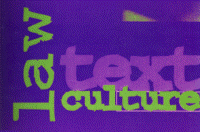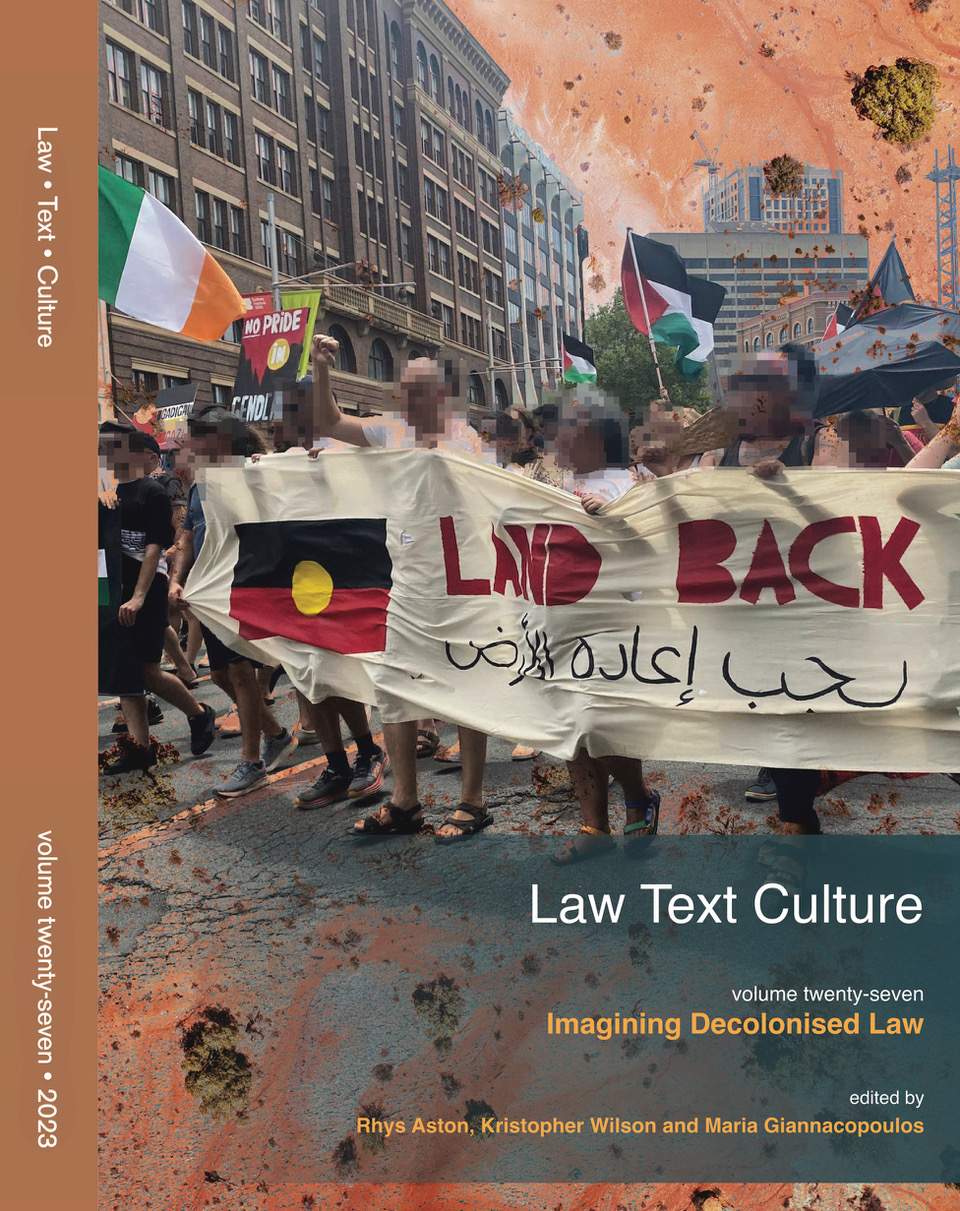Abstract
Food and eating are material necessities of life and, at the same time, elaborate cultural and symbolic markers. Food is worked from the earth or killed and butchered, it is bought with money and it is masticated, swallowed, digested, and its waste products expelled. It is fundamentally, corporeally, even bestially physical. Yet food is also subject to rules, regulations and rituals that are complex and diverse. That diversity derives from a wide world of beliefs, traditions and cultural practices. Food is regulated in many formal and informal ways: by health, industry, ethical and religious codes as well as tastes and family practices. Regulation, practice and knowledge meet in disciplinary regimes. Coveney (2000) has explored the origins and development of a dominant modern Australian nutritional regime, based in the western European tradition and authorised by science. We can also identify competing regimes in contemporary Australia, based in alternative health, ethical, religious and cultural beliefs and traditions.
How to Cite:
Mohr, R. & Hosen, N., (2014) “Crossing Over: Hosts, Guests and Tastes on a Sydney Street”, Law Text Culture 17(1), 100-128. doi: https://doi.org/10.14453/ltc.812
Downloads:
Download PDF
44 Views
556 Downloads

